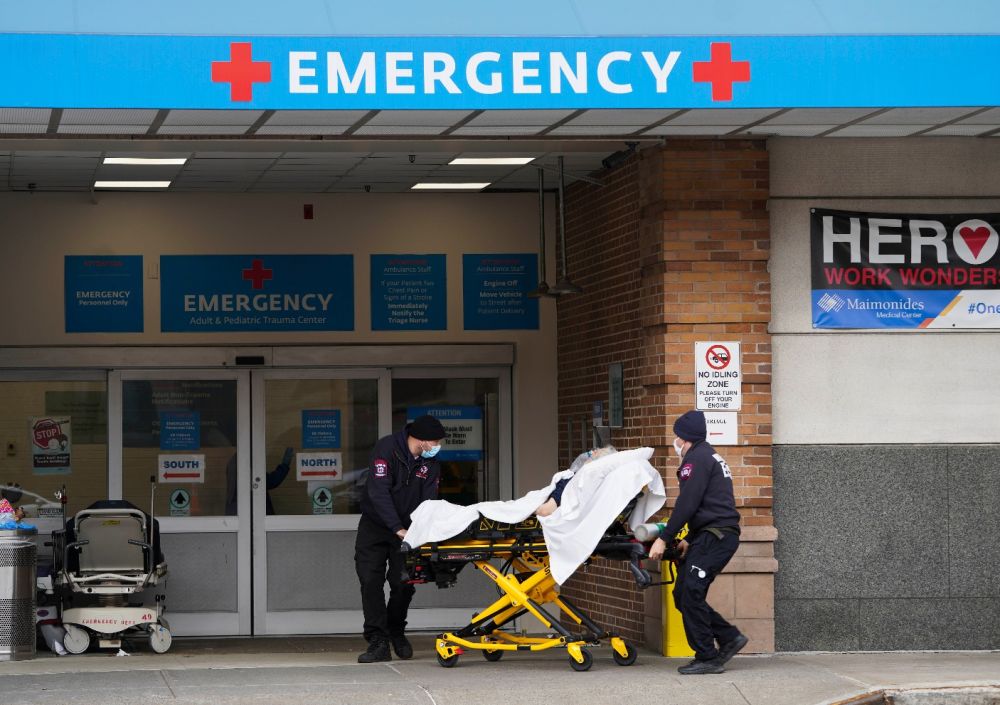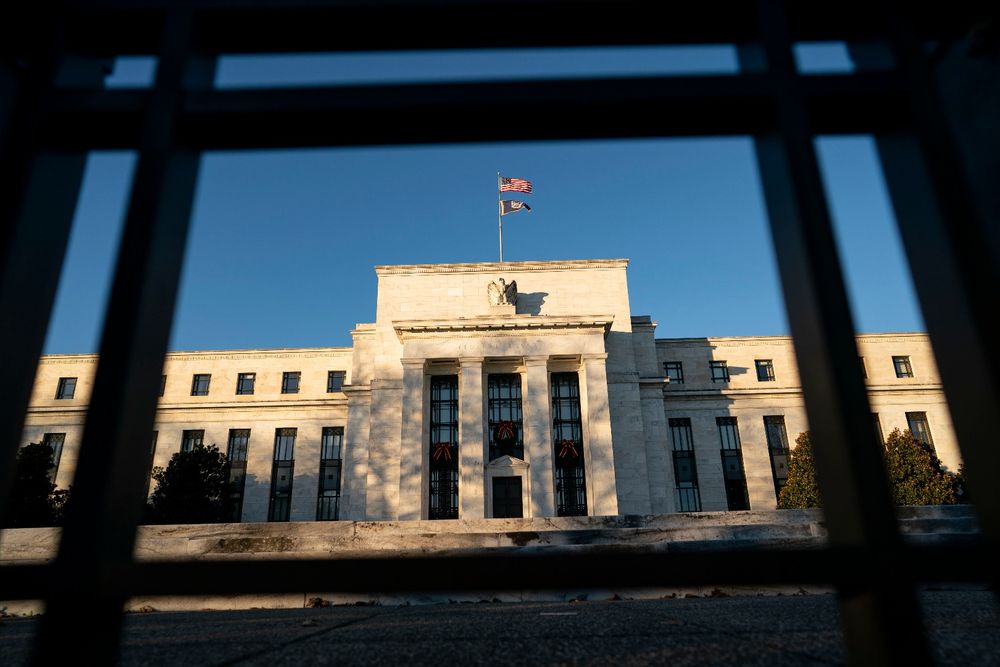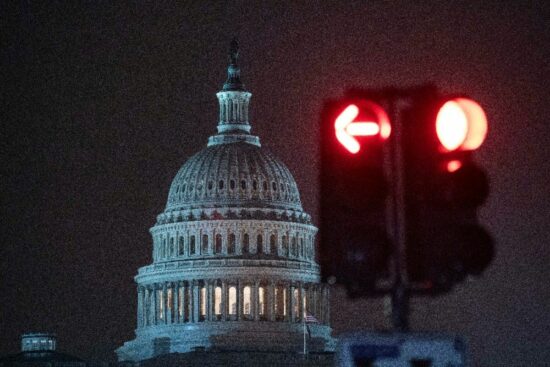January 12 The U.S. political risk consulting company Eurasia Group recently released the “Top Ten Risks in the World in 2021” report, ranking the political division of the United States first, and many other risks are also inextricably related to the United States.
As the world’s number one power, “American risk” will threaten global peace and stability.
The risk of political division continues.
The United States opened in 2021 with a crisis of extreme political division: On January 6, the Capitol Hill riots set off a fierce storm, and the “powder barrel” of political parties, society and people’s opposition broke out, casting a huge shadow on the image of the United States and bringing more uncertainty to the United States in the fight against the epidemic and economic recovery.
U.S. political storm continues after Capitol Hill riots: Trump administration has a wave of resignations, Congress House plans to restart presidential impeachment proceedings, Trump supporters are still eager to move u2026u2026
After the riots, the American media collectively lamented the “darkest moment” and “historical watershed like the u20189/11u2019 incident”, and collectively asked: Where will the division take the United States?
The risk report released by the Eurasian Group pointed out that the problems of social division highlighted by the U.S. election will continue and the impact will transcend national borders, “acerbating the world’s so-called u2018 geopolitical recession u2019”.
A recent article on the website of Russia pointed out that what new domestic and foreign measures need to be promoted in response to a series of recent “tragedic” events in the United States are a question worthy of serious consideration by the new U.S. government.
The risk of the coronavirus crisis is uncontrollable.
On the first day of 2021, the cumulative number of confirmed cases of COVID-19 in the United States exceeded 20 million.
According to statistics from Johns Hopkins University on January 10, the cumulative number of confirmed cases in the United States has exceeded 22 million, and the cumulative number of deaths has exceeded 370,000.
CNN reported that it took about 90 days for the United States to reach its first 2 million confirmed cases in 2020, compared with more than 2 million new cases in just 10 days in 2021.” We are in a bad situation.

Even so, the United States is still divided in the response to the coronavirus epidemic, and even the issue of wearing or not wearing a mask is still controversial.
Among the problems of epidemic prevention measures, resumption of work and production, and even vaccine distribution and vaccination, there are continuous differences between states, local governments and the federal government. According to the Los Angeles Times website, this is the most politicized public health crisis in modern American history.
In 2021, the uncertainty of U.S. politics and party battles are expected to remain the “roadblock” in the fight against the coronavirus epidemic in the United States.
In terms of international anti-epidemic, the international community generally hopes that the United States will abandon unilateralism, “blaming the pot” and other selfish practices.
“America first” has become a “stumbling block” to global anti-epidemic cooperation. In the new year, can the United States inject positive energy into the overall situation of the world’s anti-epidemic? People will wait and see.
Economic and financial risk assessment
In the face of the huge impact of the epidemic on the economy, the U.S. government has increased fiscal spending and introduced a large-scale rescue plan.
In monetary policy, it continues to “open the gate and release water”.

Some analysts point out that under the above-mentioned policies of the U.S. government, the scale of corporate debt financing in the United States has increased explosively.
Although it eased the pressure on corporate financing in the early stage of the epidemic, it has not changed its operating fundamentals, but increased the risk of the corporate bond market.
Quantitative easing has spawned the false prosperity of the U.S. stock market and increasingly increased the polarization between rich and poor in the United States. The stimulus plan pushed the U.S. fiscal deficit to a new high, and the United States is facing huge debt pressure.
Jim Rogers, a well-known investor in the United States, recently predicted that the Federal Reserve will continue to print money and increase spending after Biden takes office.
He warned that the debt borne by the U.S. government and the unprecedented amount of money printed by the Federal Reserve are the biggest risks in 2021.
The above-mentioned policies of the United States may also adversely affect the economies of other countries and have aroused the vigilance of many monetary authorities.
A large amount of additional US dollars issued by the United States will go to countries around the world. Once the U.S. economy recovers and the dollar flows back, it will hit some developing economies with high external debt and insufficient foreign exchange reserves.
Katsuki Tanigawa, chief economist of Japan’s Mizuho Comprehensive Research Institute, pointed out in a report that the upward inflation expectations caused by the increase in the U.S. dollar may lead to financial market chaos and the prominent global debt problem.



